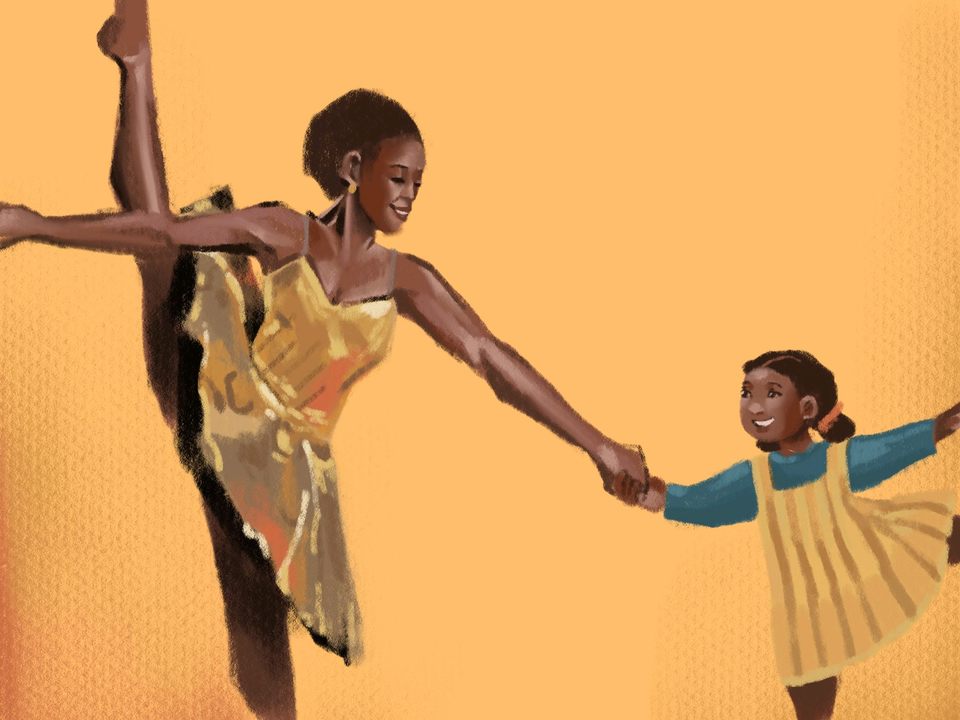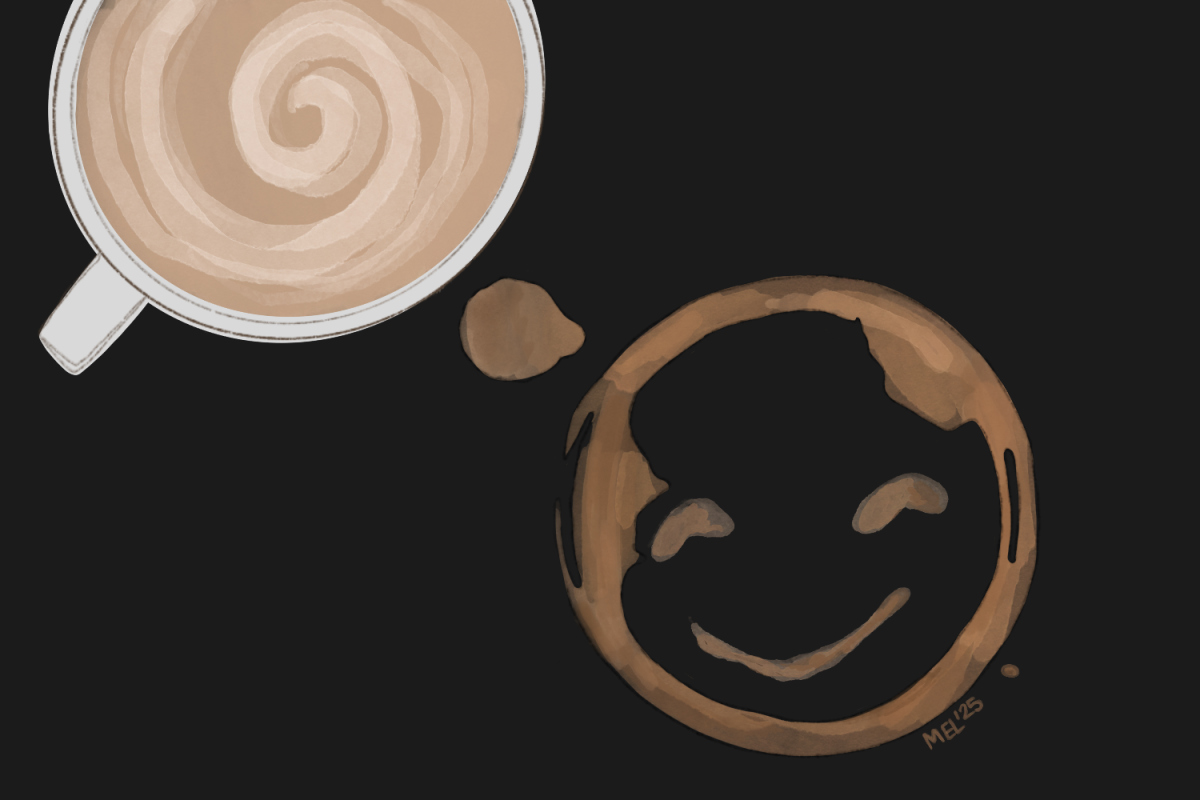When you’re young, everything seems possible. Shooting for the moon doesn’t feel like a lot of mileage when you’re seeing the world through fresh, bright eyes. After all, we were told that, should our initial efforts fail, we’d land among the stars.
I still think of eight-year-old me — with baby fat in places other kids grew out of — who believed she could be a professional ballerina. Little me religiously watched the older dancers in rehearsal and envisioned it was her in the studio learning the choreography. The idea of getting to that point in life seemed exhilarating.
Fast forward to 12-year-old me who finally shed the baby fat and joined a youth ballet company as a trainee. My passion for dance hadn’t faltered, but things changed drastically in the last three years.
I began to doubt myself. Negative thoughts about my body and dancing abilities swirled in my brain in a constant frenzy. Where I once felt supported by friends and dance teachers, I now felt completely solitary.
As I grew up, I entered a battle between myself and my insecurities that cut deep and left scars. Even though I had the technique and passion to excel in ballet, I severely lacked the confidence I had when I was a child.
All of a sudden, not everything seemed possible like it once did, including a career in dance.
The same year I became a trainee, I consumed dance outside of classes and rehearsals through social media, magazines and movies. I remember roaming around on Netflix and coming across a documentary called “First Position.” When I saw it was about dance, I was immediately sold.
The film explores the lives of six young ballet dancers who train to compete in the Youth America Grand Prix, one of the largest student ballet scholarship competition in the world. You get to see how these kids’ lives revolve around dance and how much work they put in to stand out to the judges.
After watching, one dancer stood out to me the most: Michaela DePrince.
She was different in the most beautiful way possible, and even though we both came from different backgrounds, I related to her. Like me, she was a muscular girl in ballet. Seeing her in action — with the highest leaps and most beautiful extensions — and getting recognition for her talent gave me hope.
I saw for the first time the kind of strength and artistry having a muscular body gives you, and it clicked for me that perhaps my body belonged in the dance world.
On top of her outstanding artistry, DePrince had an incredible background. She was born and orphaned in Sierra Leone in the mid-1990s during the civil war before she was adopted and moved to New Jersey. Heartbreakingly, she was called a “devil’s child” in the orphanage in Sierra Leone because she had vitiligo, an autoimmune condition that causes patches of skin to lose color.
The unforgiving nature of the dance world also projected insecurities onto DePrince. In the documentary, DePrince’s mother, Elaine, recalled one of DePrince’s first recitals, when her daughter asked if her spots were visible from the stage. When Elaine responded that she couldn’t see the spots, DePrince happily said that she could then be a professional dancer.
DePrince proceeded to discuss the stereotype of Black ballet dancers, that they are often seen as not having good feet and being too bulky-looking. She also described her wish to be seen as a graceful, Black ballerina.
To 12-year-old me, she was the perfect balance between graceful and powerful. She was mesmerizing to watch.
As I grew into a teenager, I often thought of DePrince when I was feeling doubtful of myself — which happened to be a lot of the time. Even after I quit dance when I started college two years ago, I still thought of her in trying times.
When I learned of her recent passing on Sept. 10, my heart broke. I don’t think any of us in the dance world were quite prepared to lose the trailblazer that was Michaela DePrince. After seeing post after post regarding her death, I began to reflect on DePrince’s legacy.
I have no doubt in my mind that DePrince’s story resonates with millions of dancers worldwide. She is a prime example of why visibility is so important. When we see ourselves in someone else who has made it to the top — despite outside forces trying to steer them away — we believe that we can do the same.
DePrince was walking — or leaping — proof that society is out of its mind, especially when it comes to the antiquated nature of the ballet world. Her dark complexion, prominent muscles and vitiligo were things that made her such a unique woman and dancer in the most beautiful way. Despite what certain individuals in the dance world have to say, these factors never took away from her passion, skill and performance.
The child within me still needs someone to look to when I feel like it’s just me against the world. And as I move forward in this life, I will always think of Michaela DePrince.


















































































































